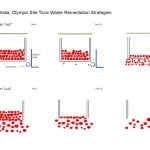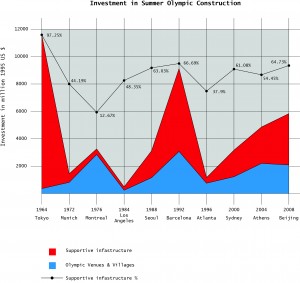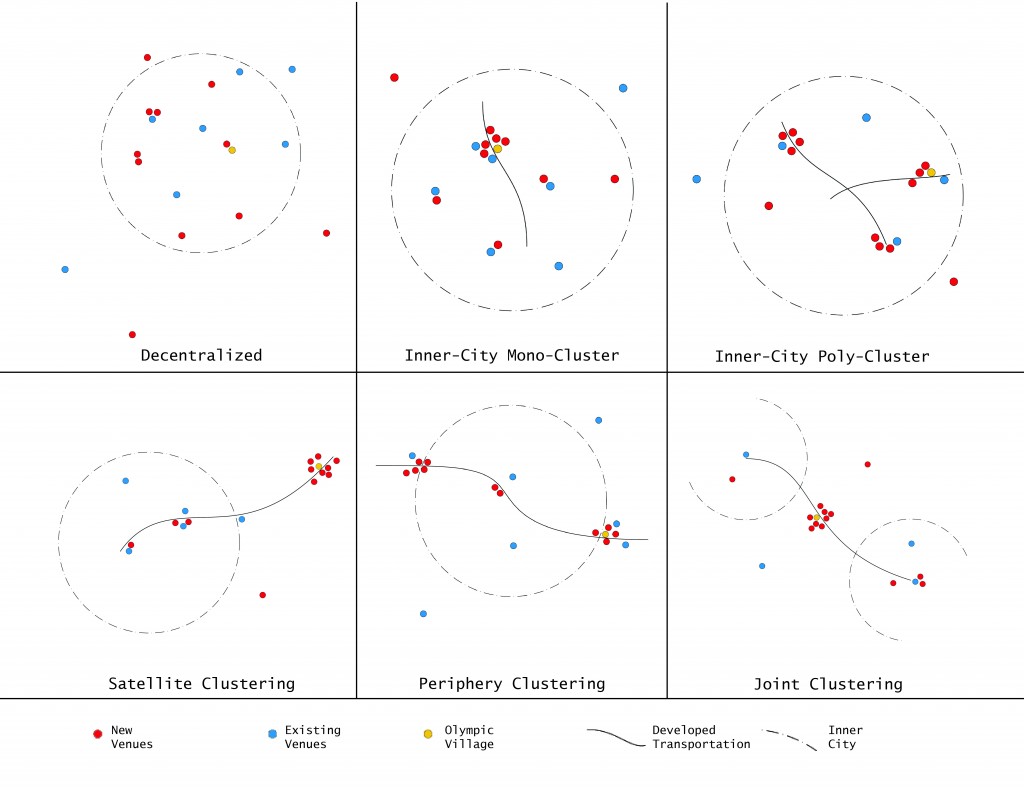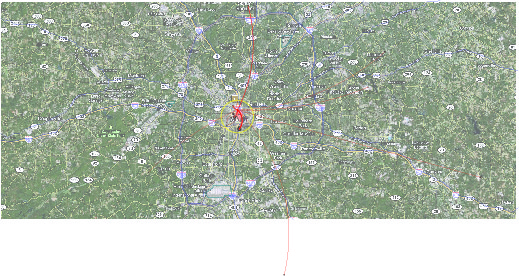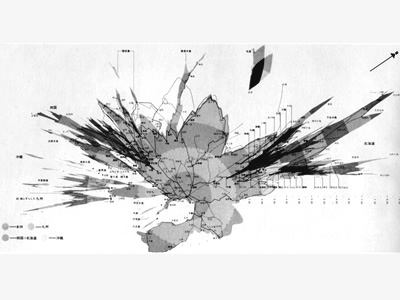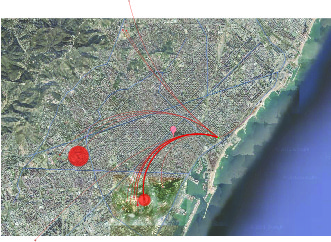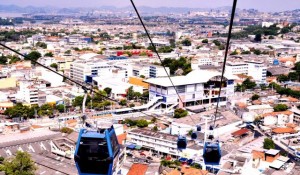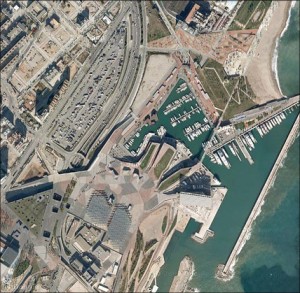Leading up to Sydney’s Olympic bid in 1993, they were faced with a difficult decision. What should they do with the potential Olympic park site? They needed to address the toxic waste that was there from cement and brick making factories over the decades, but they didn’t want to invest too much money if they ended up not securing the bid.
Estimates put full site decontamination around $160 million USD. The removal of all of that dirt off-site would also take more time than Sydney wanted. The other options were to isolate the contaminated soil into pockets throughout the Olympic site.
Option 1, known as the Bank Vault trapped the soil through a double liner system. The thought behind this was that the liner would hold for a long time, but once it broke, the toxins would rush into the soil system. This strategy was used near the Aquatics Centre due to its proximity to the creek.
Option 2 involved relocating the toxic material into pockets throughout the Olympic Park. There was an opening at the bottom that allowed for a gradual dispersement of the toxins, with a larger amount being leached sooner, rather than later.
Both options are covered by layers of clean clay soil and landscaped with native plants making visitors oblivious to what is under their feet.
Both options, although more cost effective, costing only $70 million USD, don’t truly address the remediation of toxins on the Olympic site.
